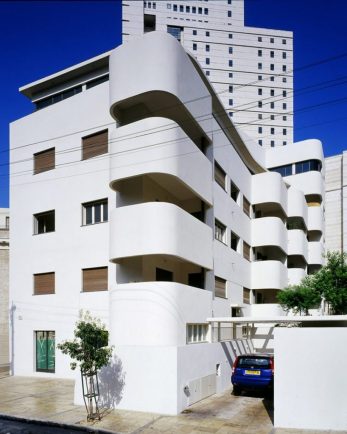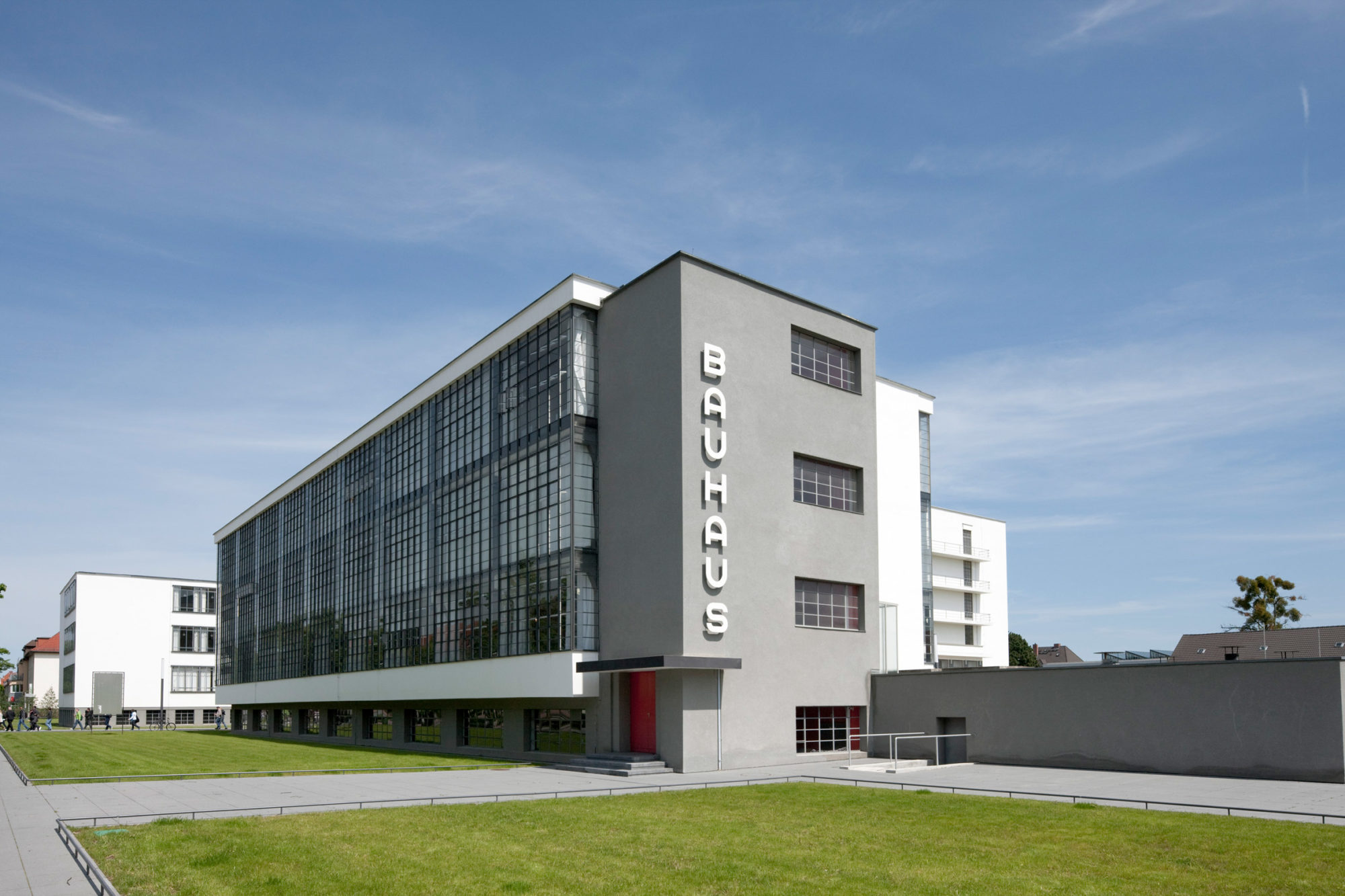The aesthetic that I would like to explore is Bauhaus because it reflects my own tastes and emphasis of functionality and minimalism, along with a strong embracement of technology. Bauhaus started at an early 20th century German art college from which the style is named after. The students and faculty embraced an ethos of constant development for their techniques and ideas, as well as a smart use of resources. They created these simple, elegant art pieces and sculptures that mostly fall into the formalism style of art. They also took great pride in their craftsmanship, which helped to dissolve some of the class barriers between the artists. Over time, and after a World War, the school embraced architecture as one of its main focuses which persisted until the Third Reich preoccupied most Germans attention away from art. What remained after was a legacy of minimalistic, form functional, effective designs that I really like.



I became aware of Bauhaus while studying abroad in Japan. I took a class about science in art, and one of the topics was this aesthetic. I was able to see the effect this had on Japan specifically when I visited Tokyo. The city was built tall and compact, moreover all of the available resources were used effectively to maximize space and also combat the dangers of earthquakes. You can really see the form following the function of buildings, as well as the minimalist designs saving space for more and more shops. You can also spot Bauhaus architecture mixed in with the traditional Japanese/Shinto style everywhere in Tokyo, which is why I wanted to explore it in the first place.



Another form of Bauhaus is the functional furniture that was experimented with. I don’t have much to say about these other than that I think they’re cool, but I wouldn’t buy them.



Image Links


4 Comments. Leave new
Bryce, I love this choice of aesthetic! I have never heard of it before, and I didn’t know anything about its origins or international effect. In particular I like how you talked about the evolution of Bauhaus from a German style of both architecture and art, to how it was adopted as a Japanese aesthetic for architecture. I would love to see more examples of how Bauhaus architecture is mixed with the traditional Japanese/Shinto style in Tokyo, and I would love to hear more about the Bauhaus furniture. Are there any other art forms, besides paintings, architecture, and furniture where Bauhaus has an effect?
Hi Jill, thanks for your comment. I think that the history of Bauhaus is really unique and interesting so I’m glad you also appreciate it. There are lots of minimalistic sculptures that also fall under Bauhaus, and the other art form that it is usually applied to is clothing. However, Bauhaus clothing does put function over aesthetic which turns out as well as you’d think.
Bauhaus is one my favorite aesthetics from this time period too (along with Russian Constructivism). I think you did a very good job explaining its origins and I love that you were able to tie in your personal experience with Bauhaus inspired Japanese architecture. I would have liked to see a longer explanation of the furniture and possibly go more into depth with products, and maybe a little more on what made the Bauhaus movement revolutionary in the realm of art and design, but over all, I feel you captured the aesthetic really well.
Hi Josh, thanks for your comment. One of the coolest parts about Bauhaus furniture is its ties to IKEA. Especially when IKEA was in its heyday, they took a lot of design notes from Bauhaus for the “perfect ratio” of lengths between different components of their furniture. These maximized the profits for the cheap and fairly sturdy(?) furniture sold even today, and some ratios for some of the products could have come directly came from the Bauhaus school itself. I need to look more into Russian Constructivism, but the way it contrasts Bauhaus in the same time period on the surface is very interesting.